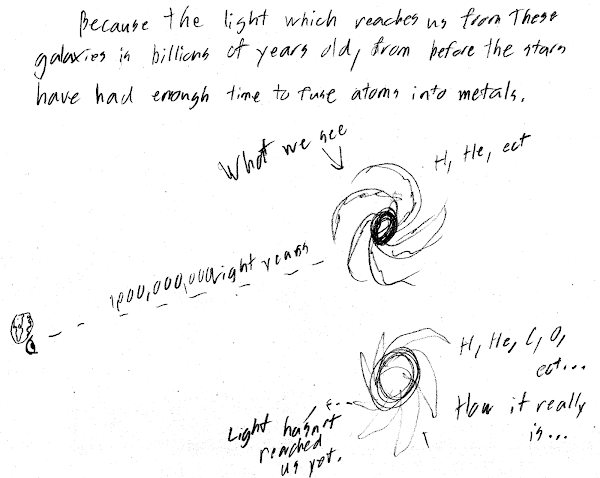Cuesta College, San Luis Obispo, CA
[20 points.] Discuss how Pluto and how Earth's moon would each be classified by the International Astronomical Union if they were to exchange positions. (Consider them to be approximately the same mass.)
Solution and grading rubric:
- p = 20/20:
Correct. Pluto would become a moon of Earth's, while the Earth's moon would orbit the sun directly (and not be a moon), retain its round shape (and thus not be solar system debris), but as it would neither clear out nor dominate the Kuiper belt anymore than Pluto did, it would now be classified as a
dwarf planet, and not a planet. (May use dwarf planet synonymously with "planetoid" or "small planet.") - r = 16/20:
Nearly correct (explanation weak, unclear or only nearly complete); includes extraneous/tangential information; or has minor errors. One of the classifications is problematic, but the IAU classification scheme is systematically applied to both objects. - t = 12/20:
Contains right ideas, but discussion is unclear/incomplete or contains major errors. Some discussion of difference in lifetimes, but compounded/confounded with other factors. Problematic application of IAU classification scheme. - v = 8/20: Limited relevant discussion of supporting evidence of at least some
merit, but in an inconsistent or unclear manner. Uses criteria other than that defined by the IAU classification scheme. - v = 8/20:
Limited relevant discussion of supporting evidence of at least some merit, but in an inconsistent or unclear manner. - x = 4/20:
Implementation/application of ideas, but credit given for effort rather than merit. - y = 2/20:
Irrelevant discussion/effectively blank. - z = 0/20:
Blank.
Section 70158
p: 20 students
r: 17 students
t: 10 students
v: 15 students
x: 3 students
y: 3 students
z: 1 student
A sample "p" response (from student 0805):

An illustrated "p" response (from student 1616):

A "p" response (from student 0013) anthropomorphizing Pluto and Earth's moon:

A sample "v" response (from student 3825) speculating on the mind-boggling implications of this Pluto-Earth's moon switch:

A sample "x" response (from student 5588) equating Pluto and Earth's moon:

A sample "y" response (from student 6948):












































